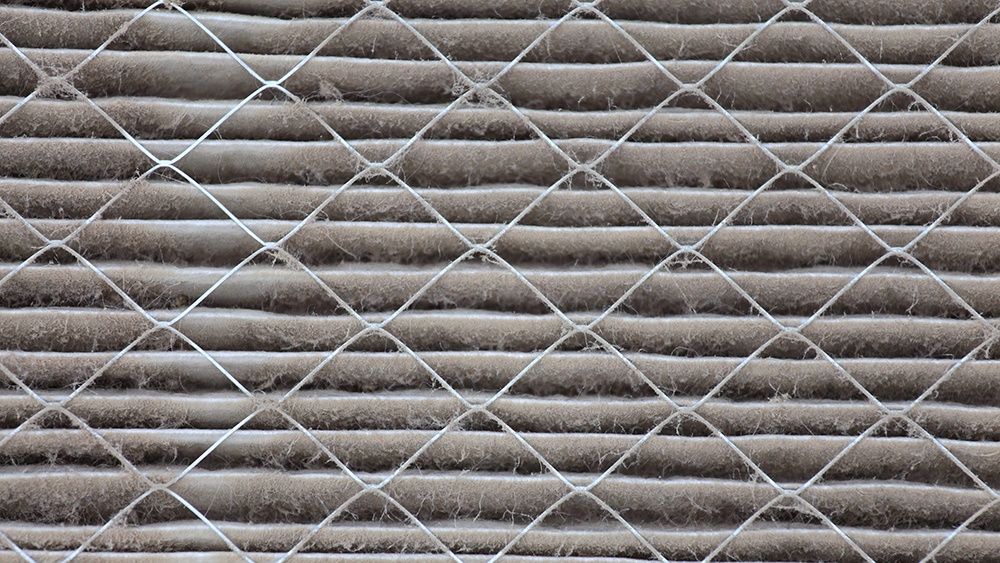
Did you know that two types of filters exist? Or that you can opt for an air purifier instead? Do you know what MERV or HEPA stand for?
While every home has a set of air filters at work, many homeowners don’t know what the actual purpose of this important component is. Warner Service takes an in-depth look at how an air filter really works:
Purpose
Many people believe that air filters are meant to improve indoor air quality. While this is a benefit to filters, the main purpose of a filter is to protect and keep efficiency of HVAC equipment like furnaces and air conditioners.
If you need a filter that’s specifically designed to catch allergens and pathogens in your home to reduce allergies, invest in an allergy filter. Otherwise, you’ll choose between the following filter types:
Types Of Filters
While an air filter is a great way to reduce allergens and pathogens in your home, filters don’t catch every last particle. Here’s the difference between disposable and reusable filters and what each catches.
Disposable Air Filters
Disposable filters are more conventional and common due to their user-friendliness, as you simply install the filter in your HVAC system and then, in one to three months (depending on your home’s indoor air quality), remove the filter. Throw the filter away, and replace it.
The disadvantages to disposable air filters include cost and environmental impact. Because disposable filters must be replaced at least 12 times annually, the cost quickly adds up. In addition, disposable filters have a negative impact on the environment, as they often pile up in landfills.
Reusable Filters
Reusable filters are more appealing to those who value cost savings and environmental friendliness. They’re thicker than disposable filters, and in turn, last longer.
Reusable filters also must be maintained regularly. Once every three to four months, these filters must be washed to clean off dust and dirt and subsequently improve your home’s indoor air quality. Keeping reusable filters clean also extends their life beyond their disposable counterpart, but dirt can still form permanently over time and performance can suffer.
Because of this, reusable filters should be completely replaced about once every five years. Despite their higher price, the overall lifespan of these filters saves you money in the long run.
Plus, because they’re disposed of only once every five years, the waste produced by reusable filters is minimal.
Energy Efficiency Ratings
Consider the energy efficiency your home needs. Filters, both disposable and reusable, are rated according to the size of the particles they can filter.
These ratings are according to the Minimum Efficiency Reporting Value (MERV) scale. A lower MERV value means that the filter is more effective at removing large particles, such as pollen, dust mites, and carpet fibers. A higher MERV rating means that the filter is better at catching small particles like bacteria, viruses, and smoke.
Another acronym that matters is HEPA, also known as High Efficiency Particulate Air. These filters use static electricity to catch particles in the air. The correct energy efficiency will depend on where the filter is located. HEPA filters and those with high MERV ratings can potentially restrict airflow, whereas filters with low MERV ratings don’t filter particles as well.
A compromise is to install a UV (ultraviolet) Light Filter system in conjunction with a HEPA filter, separated from the main ductwork. This setup allows for optimal filtering without sacrificing airflow performance.
Filter Alternatives
Air purifiers are an alternative to a basic filter. We prefer the Air Scrubber by Aerus, but many homeowners invest in electrostatic precipitators, whole-home or portable air purifiers, and other ventilation options. Check out which air filter or purifier is right for your home.
For more information about air filters and how pollen and ragweed affect your home, download Warner Service’s Guide To Home HVAC During Allergy Season by clicking on the button below:


